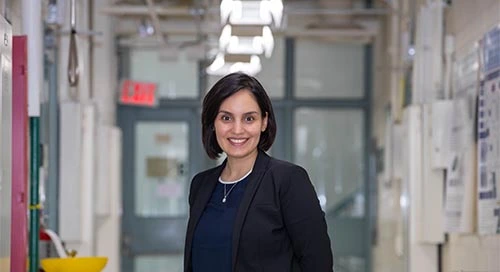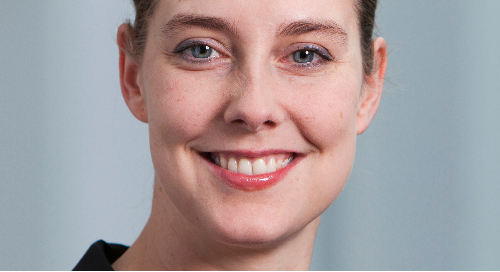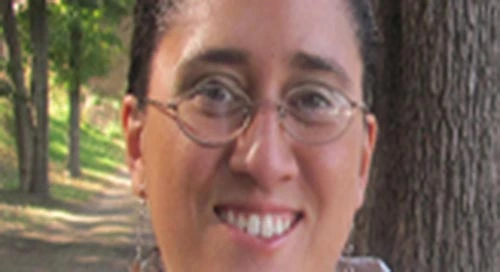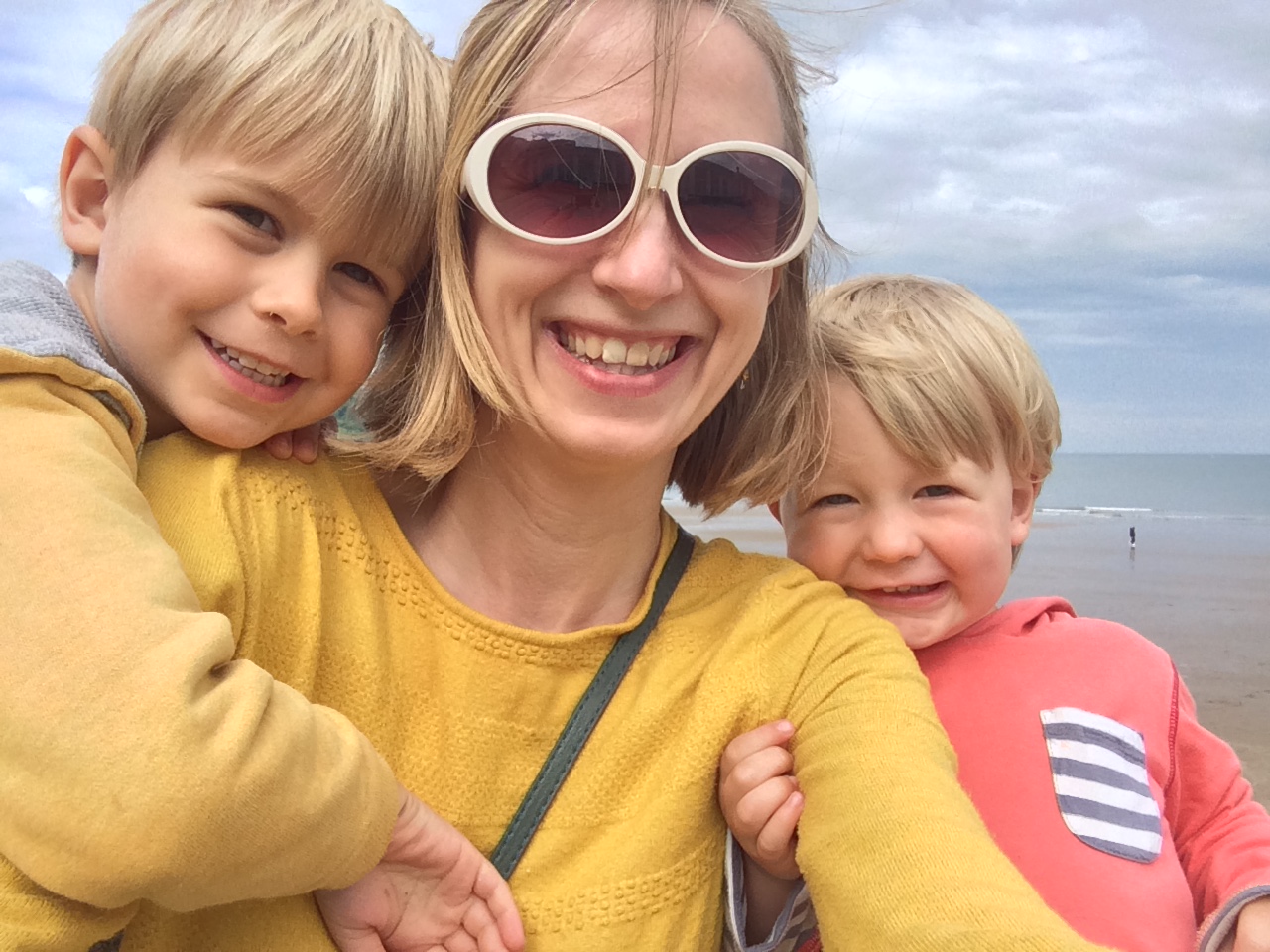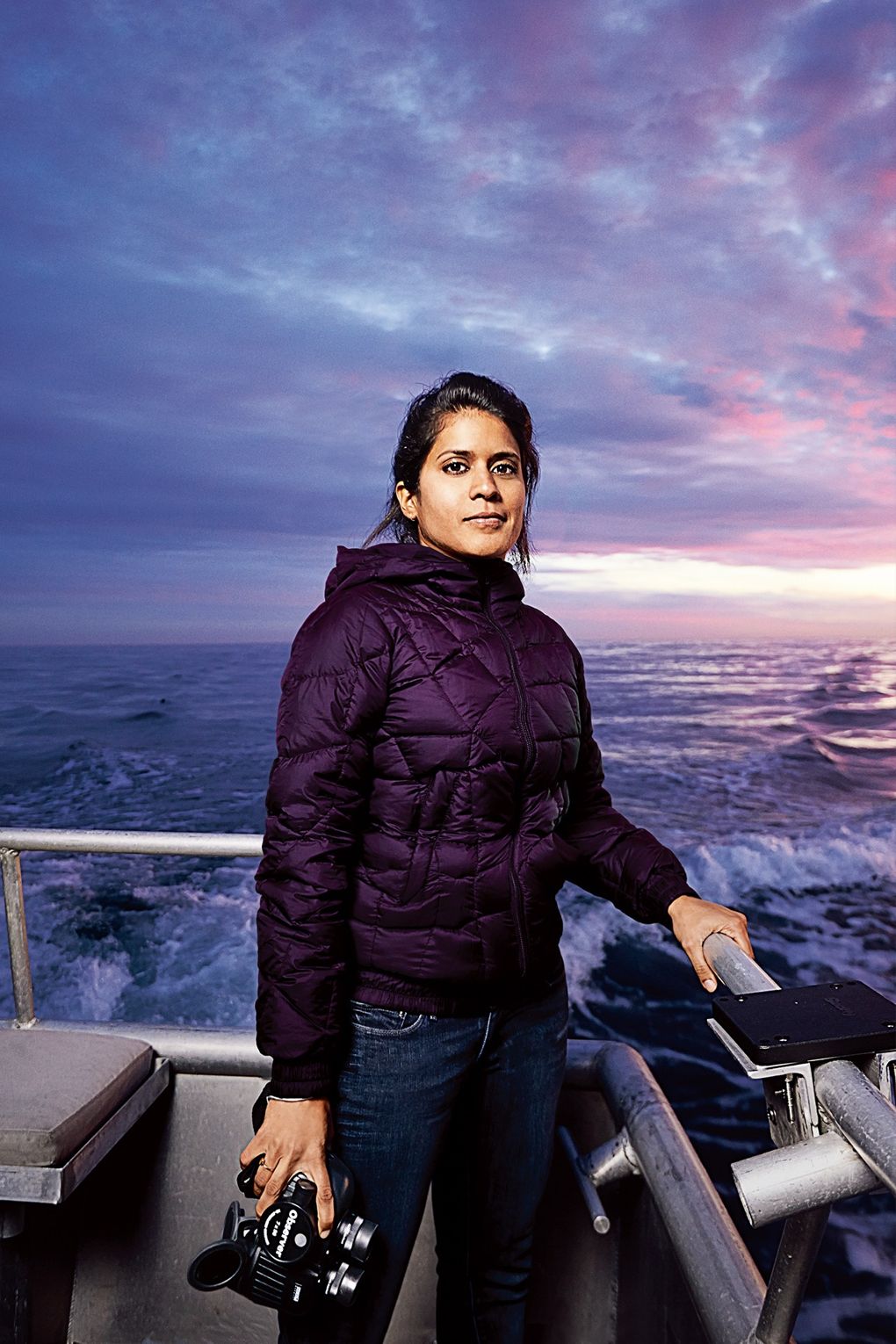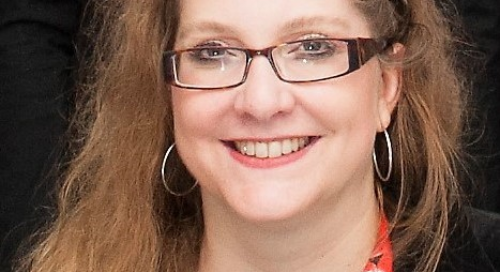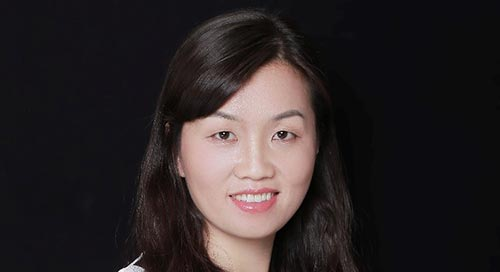women-in-engineering-an-interview-with-canan-dagdeviren
It’s no secret: Engineering is not just a man’s world. Perceptions – along with demographics - are shifting, and Wiley are proudly part of the movement to raise the profile of women in engineering, to inspire future generations.
Here, we celebrate engineering researchers in a collection of interviews with authors, editors, editorial board members, and society contacts. In this piece, we meet Canan Dagdeviren, who is on the editorial board for Advanced Intelligent Systems.
Q. Name, job title & area of research/work?
A. Canan Dagdeviren, MIT Media Lab, Assistant Professor of Media Arts and Sciences, LG Career Development Professor of Media Arts and Sciences.
I joined the faculty in January 2017 at the MIT Media Lab to direct the new Conformable Decoders research group at the MIT Media Lab. My group creates mechanically adaptive electromechanical systems that can intimately integrate with the target object for sensing, actuation, and energy harvesting, among other applications. I believe that vital information from nature and the human body is ‘coded’ in various forms of physical patterns. My research focuses on the creation of conformable decoders that can ‘decode’ these patterns into beneficial signals and/or energy.
Q. How or why did you choose Engineering as a career path/area of study?
A. I have long been interested in science. I remember trying to find the atom by cutting a stone into pieces at a very young age. My father, who was very supportive of me, introduced me to an electron microscope that made me realize that it was an impossible task, but confirmed my passion for the field. A few months later, my father gave me a biography of French scientist Marie Curie, two-time winner of the Nobel Prize and a pioneer in the study and understanding of radioactivity. I was inspired, but not in the way my father had expected. I became infatuated with Marie’s husband, Pierre, who was my “scientific love.” Pierre and his brother Jacques first described piezoelectricity in 1880. The Greek word piezein means “to squeeze or press,” and piezoelectric materials generate a charge when squeezed or deformed or smashed — like smashing two rocks together to produce a flash.
This pursuit took a personal tone when I learned that my granddad passed away because of heart failure. Thus, I promised myself that I would do something for heart patients in the future, and I set 28 as the age to achieve this, which was the age of my granddad when he passed away. In February 2014 the device that I dedicated for heart patients was completed and the work was published in the Proceedings of the National Academy of Sciences (PNAS) magazine, which detailed how I had developed a new class of biocompatible devices to harvest and store piezoelectric energy directly from the motion of the heart, lung and diaphragm. This breakthrough technology promises to replace the pacemaker as the regulating source of an irregular heartbeat and is used to store energy to keep vital organs functioning in the event of their failure. My contribution, which was recognized on April 29, 2014 with the $20,000 Illinois Innovation Prize, came when I was at the age of 28!
As an undergraduate at Hacettepe University in Ankara, I majored in physics engineering. My father worried I wouldn’t find a job, that I’d be given a hard time as a woman in the field, but I was undaunted. I studied materials and physics engineering, learned about the science behind all the sparks, and designed my first devices; got a faculty job at MIT without applying for it!
Q. What inspires you about Engineering?
A. Most scientists/engineers are inspired by nature. However, our device-driven research is directly inspired by the diseases of our family members and dear friends, and indirectly by humanity at large. As the Spanish guitarist and composer Paco de Lucía once said, "The hands find a way to do what the heart wants to say." The most exciting thing about my job to have the potential of helping a patient who might use one of our device inventions in the future.
Q. What challenges do women face in the Engineering professions/academia?
A. To gain further insights into the human body, we need conformable devices that can live on or in the human body and invisibly merge with the user to help decode human health in a real-time, continuous, seamless and effortless manner. At the MIT Media Lab, we believe that the best way to predict the future is to actually make it. To realize this vision of a better future, we combine media, arts and sciences.
| You can check out the full collection of interviews at | |
| Women in Engineering | |
| Help us to inspire by sharing our Women in Engineering stories on Facebook and Twitter! | |


